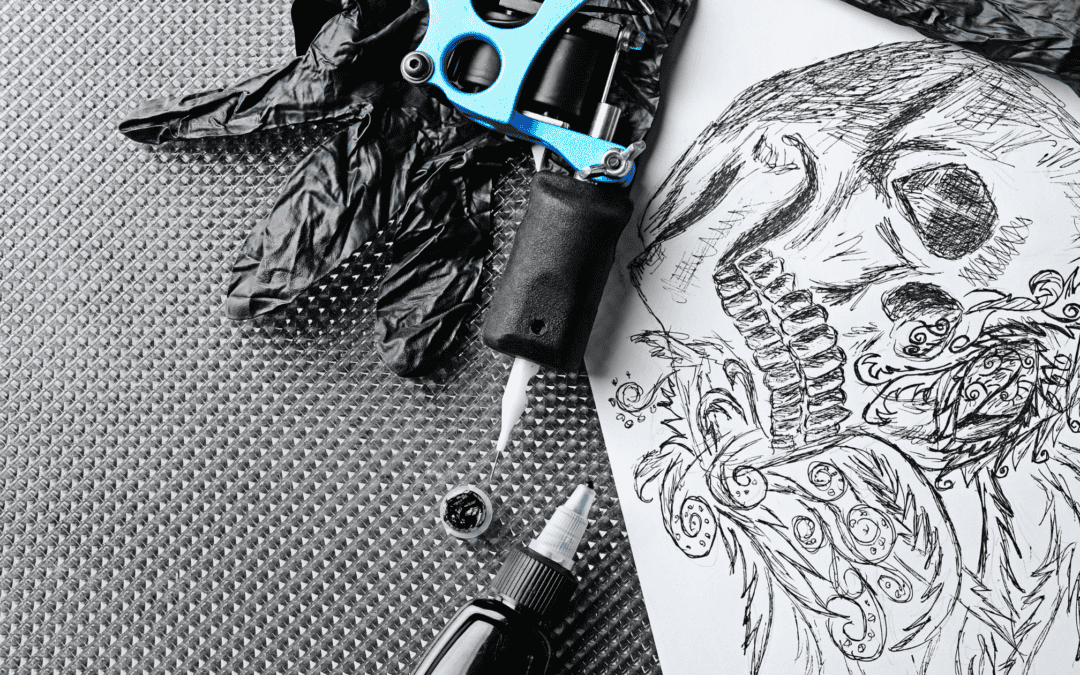Traditional Japanese tattoos, or Irezumi, are a captivating form of body art with deep historical roots and cultural significance. These tattoos are celebrated for their intricate designs, vibrant colors, and symbolic meanings, making them a unique and cherished art form. This blog post will explore traditional Japanese tattoos’ history, significance, and beauty, highlighting their enduring appeal and cultural importance.
The History of Japanese Tattoos

Ancient Beginnings
The history of Japanese tattoos dates back to the Jomon period (10,000 BCE to 300 BCE) when evidence of tattooing was found on clay figurines. Initially, tattoos were believed to have spiritual and protective purposes, often used as talismans to ward off evil spirits.
Edo Period and the Rise of Irezumi
The Edo period (1603-1868) marked a significant turning point for Japanese tattoos. During this time, tattoos evolved into a sophisticated art form called Irezumi. The intricate designs took influence from ukiyo-e woodblock prints, which featured detailed and colorful depictions of mythical creatures, historical figures, and nature scenes.
Meiji Era and the Ban on Tattoos
In the late 19th century, during the Meiji era, the Japanese government banned tattoos as part of an effort to modernize and align with Western standards. Despite the ban, tattooing continued to thrive underground, maintaining its cultural and artistic significance.
Modern Revival
Ukiyo-e woodblock prints influenced the intricate designs, showcasing detailed and colorful depictions of mythical creatures, historical figures, and nature scenes.
The Significance of Japanese Tattoos
Symbolism and Meanings

Japanese tattoos are rich in symbolism, with each design carrying specific meanings and cultural significance. Common motifs include:
- Dragons: Represent strength, wisdom, and protection.
- Koi Fish: Symbolizes perseverance, determination, and good fortune.
- Cherry Blossoms: Reflect the fleeting nature of life and beauty.
- Tigers: Emblematic of courage, power, and protection.
- Phoenix: Signify rebirth, transformation, and renewal.
Cultural and Personal Significance
Beyond their symbolic meanings, Japanese tattoos often hold deep personal significance for the wearer. They can represent personal beliefs, commemorate important life events, or serve as a form of self-expression and identity.
Japanese tattoo art and its beauty
Traditional Techniques
Horiyoshi III, a renowned Japanese tattoo artist, has gained fame for mastering traditional Irezumi techniques and creating breathtaking full-body tattoo designs.
Intricate Designs and Colors
The beauty of Japanese tattoos lies in their intricate designs and vibrant colors. Artists often use a combination of bold outlines, detailed shading, and rich hues to create dynamic and visually striking tattoos. The designs are typically large-scale, covering significant body portions like the back, chest, and arms.
Storytelling through Art
Japanese tattoos are more than just body art; they are a form of storytelling. Each tattoo tells a unique story, often drawing inspiration from Japanese mythology, folklore, and historical narratives. The detailed scenes and characters depicted in these tattoos create a visual narrative that is both captivating and meaningful.
Notable Japanese Tattoo Artists
Horiyoshi III
Horiyoshi III, one of the most famous Japanese tattoo artists, has gained renown for mastering traditional Irezumi techniques and creating stunning full-body tattoo designs. His work has been instrumental in preserving and promoting the art of Japanese tattooing worldwide.
Shige
Shige, another renowned Japanese tattoo artist, celebrates his contemporary take on traditional Japanese designs.His work blends modern and classic elements, resulting in unique and breathtaking tattoos that honor the heritage of Irezumi while embracing innovation.
Traditional Japanese tattoos, or Irezumi, are a testament to Japan’s rich cultural heritage and artistic excellence. Japanese tattoos captivate and inspire people worldwide with their deep historical roots, intricate designs, and profound symbolism. By understanding these tattoos’ history, significance, and beauty, we can appreciate this timeless art form’s enduring legacy and cultural importance.




